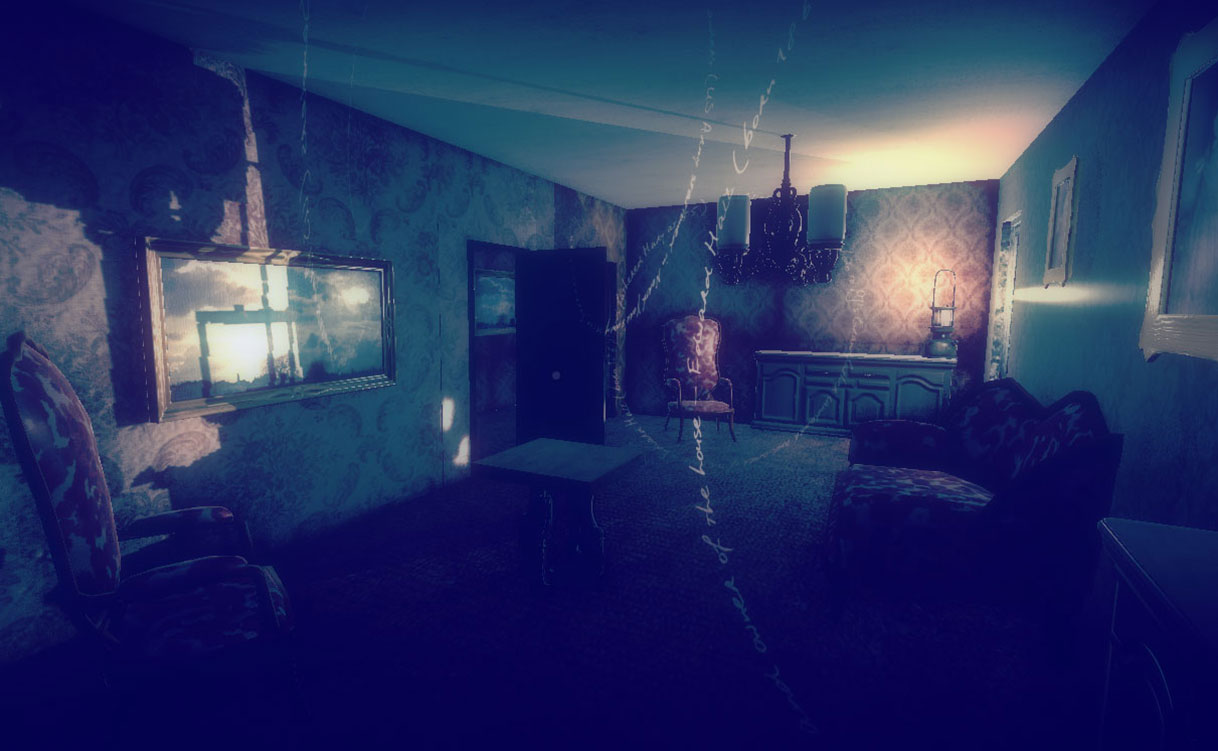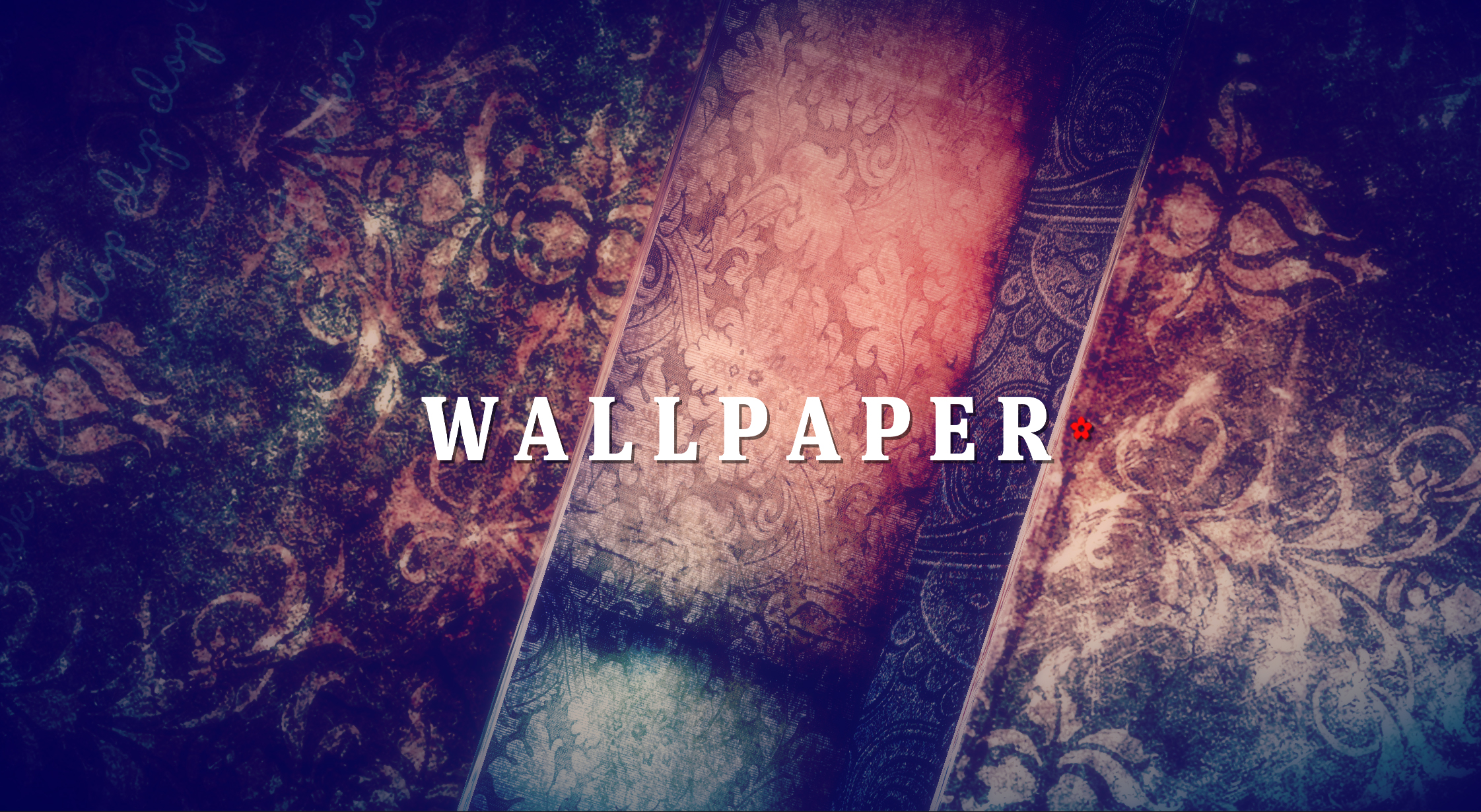The Digital Canvas
So far July has seen some fantastic progress on WALLPAPER. We’ve been working incredibly hard on graphics, atmosphere and lighting, and we’ve had our first sneak preview of the fabulous audioscape/soundtrack being created for the work by Barry Snaith. Exciting stuff.
Over the many years we’ve been making digital fiction, we’ve generally found ourselves constructing what we call ‘digital canvases’ onto (and into) which we write; WALLPAPER is no exception. Although we’ve been creating many short bursts of narrative texts and jottings (not particularly linearly) on both paper and screen, as well as sourcing images, textures, sounds and 3D objects, WALLPAPER’s story and the way it’s being told is evolving and transforming along with its gameworld.
Working in this way is both fascinating and freeing; a move away from the constraints of a script. In that sense, the writing and development process feels more like a “live performance” than a studious endeavor, with new possibilities discovered through discussion, spontaneous editing and on-screen experimentation (an approach we’ve explored before in our previous work, Inside, Clearance, Joyride and Nightingale’s Playground). It’s not without its problems – the work itself becomes the definitive draft or version, and the more complex it gets, the harder it is to keep it all structurally in balance. There is however something exciting about “uncovering” the narrative environment and infusing that intrigue and surprise impulsively into the story’s characters.
Watch this space for a video trailer/walk-through, plus some insights into how we’re handling the narrative programming and interactivity. Coming shortly. 🙂


